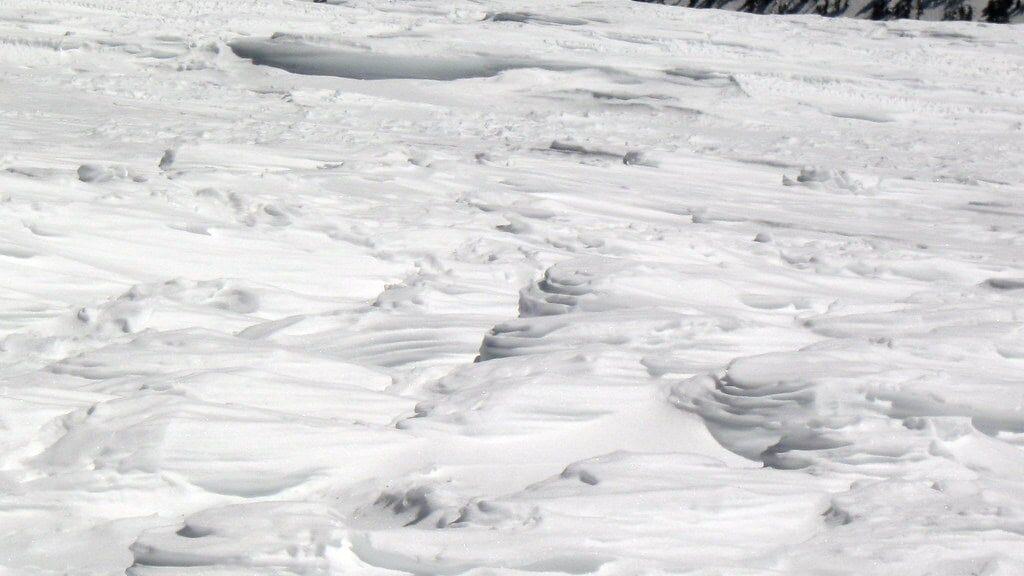When “Ice Age” hit theaters in 2002, it captivated audiences with its lovable prehistoric characters and their adventures. Manny the woolly mammoth, Sid the sloth, Diego the saber-toothed tiger, and Scrat the saber-toothed squirrel became household names. But how accurately did the filmmakers portray these ancient creatures? Did these animals actually coexist during the same time period? How much artistic license was taken with their appearances, behaviors, and personalities? This article explores the fascinating differences and similarities between the charismatic animated characters from “Ice Age” and their real prehistoric counterparts, offering insights into paleontology while appreciating the creative storytelling that brought these extinct species back to life on the silver screen.
The Real Ice Age Timeline

The “Ice Age” franchise takes place during the Pleistocene epoch, which began approximately 2.6 million years ago and ended around 11,700 years ago. This period was characterized by repeated glacial cycles where ice sheets advanced and retreated across the Northern Hemisphere. The movies specifically seem to be set near the end of the last glacial maximum, roughly 20,000 years ago, when much of North America was covered in ice and many of the featured species roamed the landscape.
However, the first scientific inaccuracy appears in the timeline itself. Not all animals depicted in the films actually lived during the same period or geographical regions. For instance, while woolly mammoths and saber-toothed cats did coexist in North America during the late Pleistocene, some of the other creatures featured in the films lived in different time periods or regions. The filmmakers condensed roughly 20 million years of evolutionary history into a single narrative for entertainment purposes, bringing together species that might never have encountered one another in reality.
Manny the Mammoth: Fact vs. Fiction
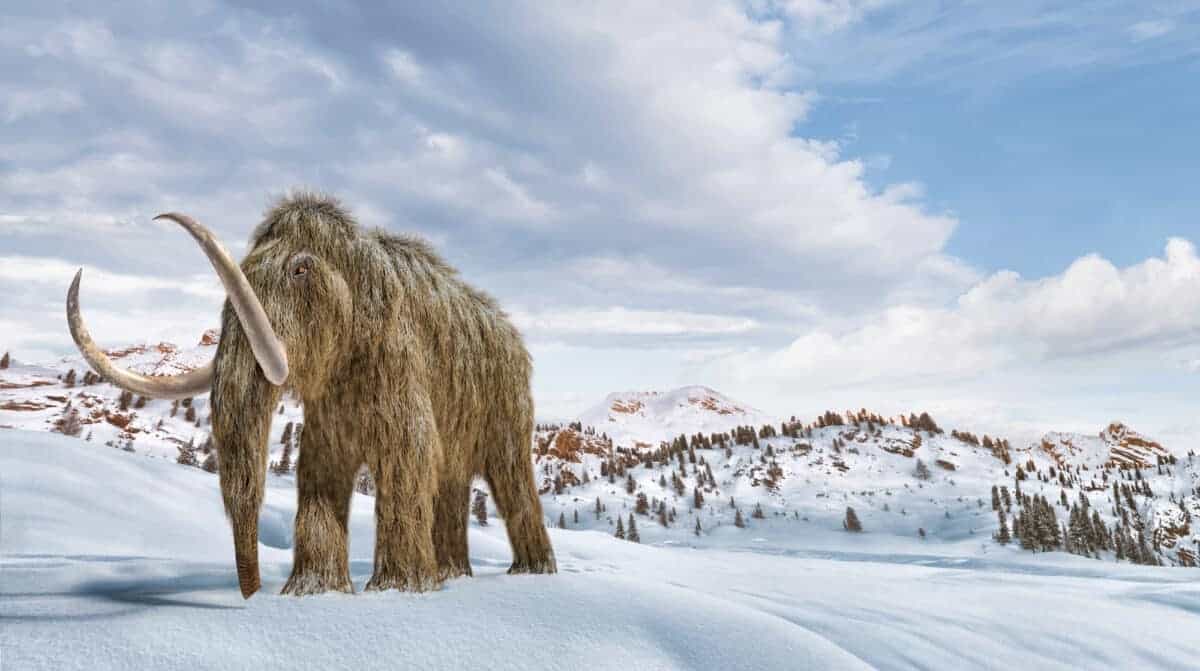
Manny, the grumpy but good-hearted woolly mammoth, is perhaps the franchise’s most scientifically accurate character. Real woolly mammoths (Mammuthus primigenius) were indeed covered in long, shaggy hair that could grow up to 3 feet in length, helping them survive in frigid environments. They stood about 9-11 feet tall at the shoulder and weighed between 6-8 tons. The movie gets these physical characteristics largely correct, though Manny appears somewhat more compact and less woolly than his real-life counterparts.
Behaviorally, the film takes significant creative liberties. While real mammoths were social creatures that lived in matriarchal herds similar to modern elephants, the movie portrays Manny as a lone wanderer who lost his family. This solitary lifestyle would have been highly unusual for a mammoth, as they relied on group living for protection and successful foraging. However, the later films correct this by incorporating mammoth herds, which aligns better with scientific understanding of their social structure. The filmmakers did capture the intelligence of these creatures, as mammoths, like their elephant relatives, were likely highly intelligent animals with complex social behaviors.
Diego and the Saber-Toothed Cats

Diego is portrayed as a saber-toothed tiger in the films, but paleontologists prefer the term “saber-toothed cat” since these animals weren’t closely related to modern tigers. The character appears to be based on Smilodon fatalis, one of the most famous saber-toothed cats that lived in North America until about 10,000 years ago. The real Smilodon was about the size of a modern lion but more robustly built, with powerful forelimbs and relatively shorter legs than those portrayed in the film.
The most distinctive feature of Smilodon—its elongated canine teeth—is accurately portrayed in Diego’s character. These impressive teeth could reach up to 7 inches in length. However, Diego’s hunting style in the films doesn’t align with how paleontologists believe these predators actually hunted. Rather than chasing prey over long distances as Diego sometimes does, real saber-toothed cats were ambush predators that relied on short bursts of speed. They likely used their powerful forelimbs to subdue large prey before delivering a killing bite with their famous canines. Additionally, fossil evidence suggests Smilodon lived and hunted in groups, contrasting with Diego’s initial portrayal as a solitary hunter working for a pack, though this is somewhat corrected in later films.
Sid the Sloth: A Creative Interpretation

Sid the sloth represents one of the most significant departures from scientific accuracy in the franchise. Based loosely on the ground sloths of the genus Megalonyx, Sid is portrayed as a bipedal, fast-talking character of human-like height. In reality, Megalonyx ground sloths were massive creatures that could reach sizes comparable to modern elephants, weighing up to 1,000 pounds and standing 10 feet tall when rearing up on their hind legs. They were predominantly quadrupedal, using their long claws for pulling down branches and digging, not for the comedic purposes shown in the films.
The personality traits that make Sid so endearing—his chattiness, hyperactivity, and clumsiness—are purely fictional. Real ground sloths were likely slow-moving herbivores with metabolisms much slower than depicted in the film. While modern tree sloths are known for their slow movements, their ancient ground-dwelling relatives were probably somewhat more mobile but nowhere near as agile or quick as Sid. The character’s small size and ability to move quickly represent significant artistic liberties taken to create a more dynamic and humorous character, sacrificing scientific accuracy for personality and entertainment value.
Scrat and the Question of Saber-Toothed Squirrels
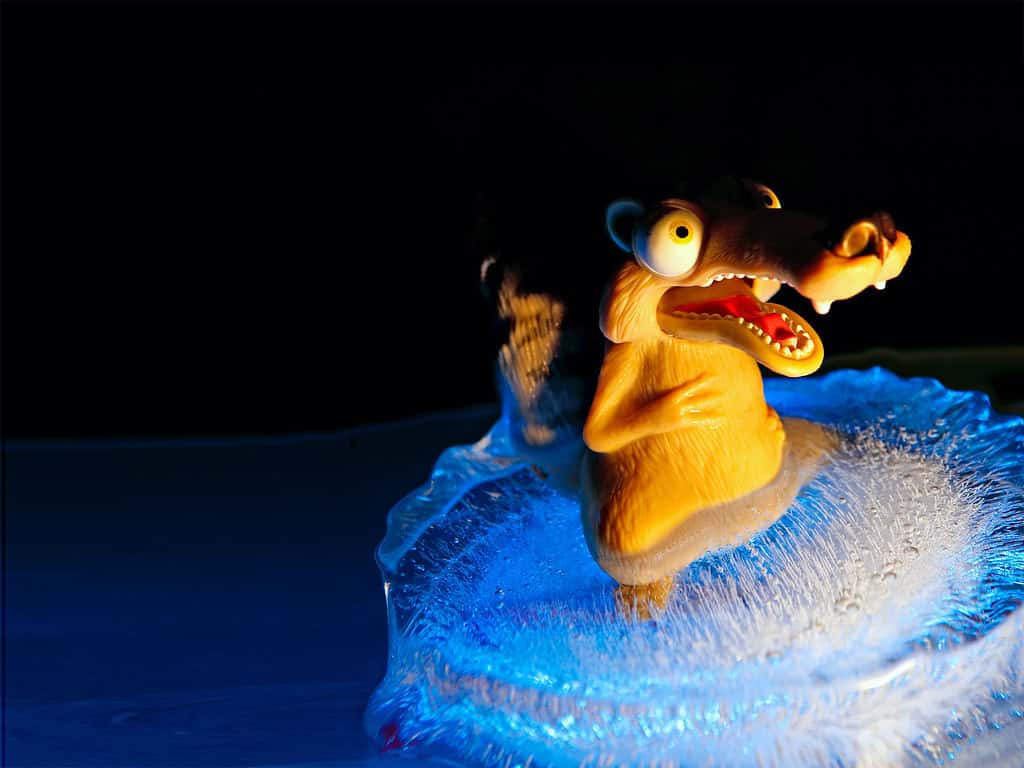
Perhaps the most fictional character in the entire franchise is Scrat, the acorn-obsessed saber-toothed squirrel. No fossil evidence exists for a small, saber-toothed, squirrel-like mammal from the Ice Age. Scrat appears to be an entirely fictional creation designed as comic relief, though interestingly, after the first film’s release, paleontologists discovered fossils of a small Cretaceous mammal named Cronopio dentiacutus that bore some resemblance to Scrat, with long fangs and a long snout. However, this animal lived about 100 million years ago, long before the Ice Age, and was not closely related to modern squirrels.
The creators of “Ice Age” have acknowledged that Scrat was never intended to be scientifically accurate but was instead designed as a narrative device and for comedic interludes. His impossible survival scenarios and outsized impact on geological events (like causing continental drift in later films) are clearly meant to be humorous rather than educational. While Scrat has become one of the most beloved characters in the franchise, he represents pure artistic invention rather than an attempt to portray a real prehistoric animal.
The Dodos: Extinct but Not Ice Age Creatures

The first “Ice Age” film features a memorable scene with a group of dodos preparing for the coming freeze by hoarding food. While dodos were indeed real birds that went extinct, they weren’t Ice Age creatures at all. The dodo (Raphus cucullatus) was a flightless bird that lived exclusively on the island of Mauritius in the Indian Ocean and went extinct in the late 17th century due to human hunting and introduced species—roughly 10,000 years after the end of the last Ice Age.
The portrayal of dodos as dimwitted birds accidentally causing their own extinction contains a kernel of truth, as their lack of natural predators on Mauritius did make them vulnerable to human hunters. However, their inclusion in an Ice Age setting is a significant anachronism. The comical behavior attributed to them in the film—with their militaristic food-hoarding and accidental self-destruction—is purely fictional and played for laughs rather than scientific accuracy. This represents one of the clearest examples of the filmmakers prioritizing entertainment value over historical or scientific authenticity.
Ellie, Crash, and Eddie: Mammoth and Possum Family?

In “Ice Age: The Meltdown” and subsequent films, the character Ellie is a female mammoth who believes she’s a possum after being adopted by a possum family as a calf. Her possum “brothers,” Crash and Eddie, add to this unusual family dynamic. This scenario is entirely fictional and created for narrative purposes. In reality, different mammal species rarely adopt young from other species, especially with such dramatic size differences. While cases of interspecies adoption do occur in nature (particularly among more closely related species or in captivity), a possum raising a mammoth would be biologically impossible.
The possums themselves, while based on real animals, are also heavily anthropomorphized. Modern opossums are the closest North American analog to what these characters might represent, but true possums are native to Australia and surrounding regions. During the Pleistocene, several opossum species did exist in North America, though they were likely similar to modern opossums in behavior and appearance. The acrobatic, thrill-seeking antics of Crash and Eddie are creative inventions rather than behaviors observed in any possum or opossum species, either extinct or extant.
The Geological Setting and Environmental Changes
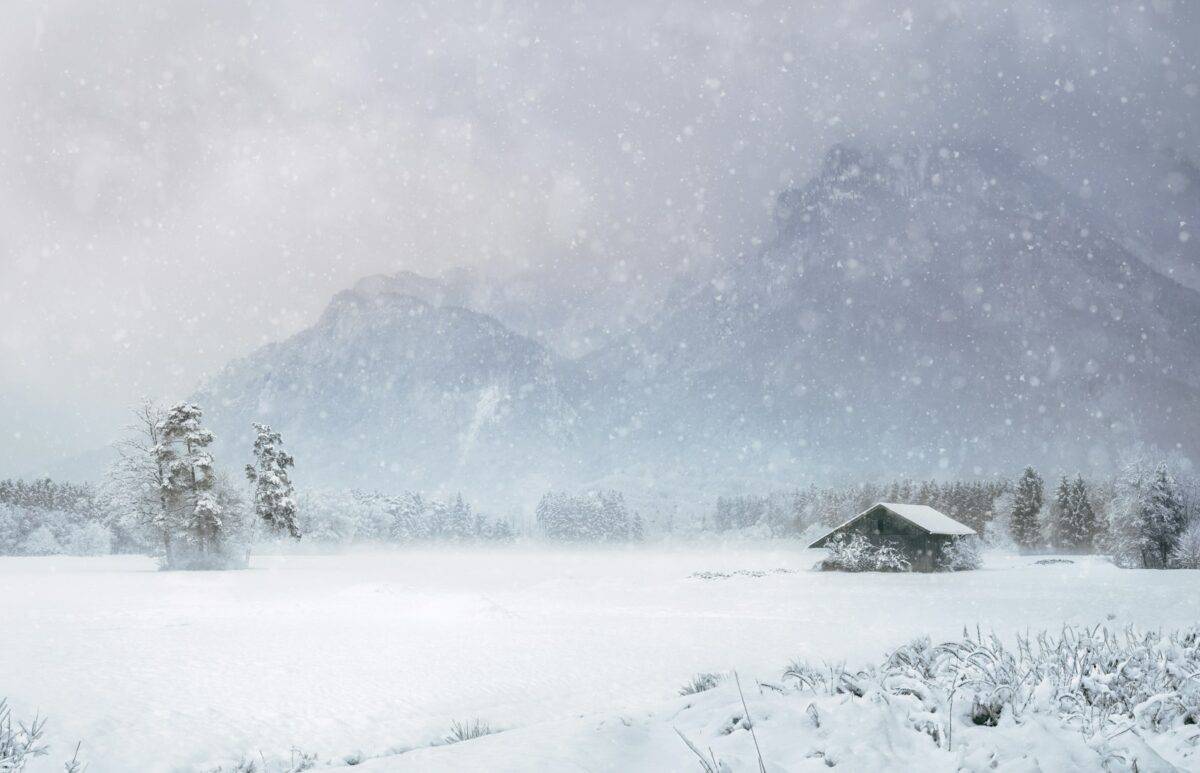
The original “Ice Age” film and its sequels use the dramatic climate changes of the late Pleistocene as key plot devices. The first film depicts the beginning of a freeze, while “The Meltdown” focuses on warming and flooding from melting ice. These environmental shifts did occur during the Pleistocene, though not as rapidly as portrayed in the films. The transition from glacial to interglacial periods typically took thousands of years, not the days or weeks suggested in the movies.
The diverse landscapes shown throughout the franchise—from ice fields and glaciers to lush valleys and deserts—do reflect the varied environments that existed during the late Pleistocene, especially in North America. The filmmakers captured the essence of this environmental diversity, even if they compressed time scales for dramatic effect. The concept of animals migrating to avoid environmental threats also has a basis in reality, as many Ice Age species would have shifted their ranges in response to advancing or retreating ice sheets, though these migrations would have occurred over generations, not as the organized evacuations depicted in the films.
Other Ice Age Creatures: The Supporting Cast
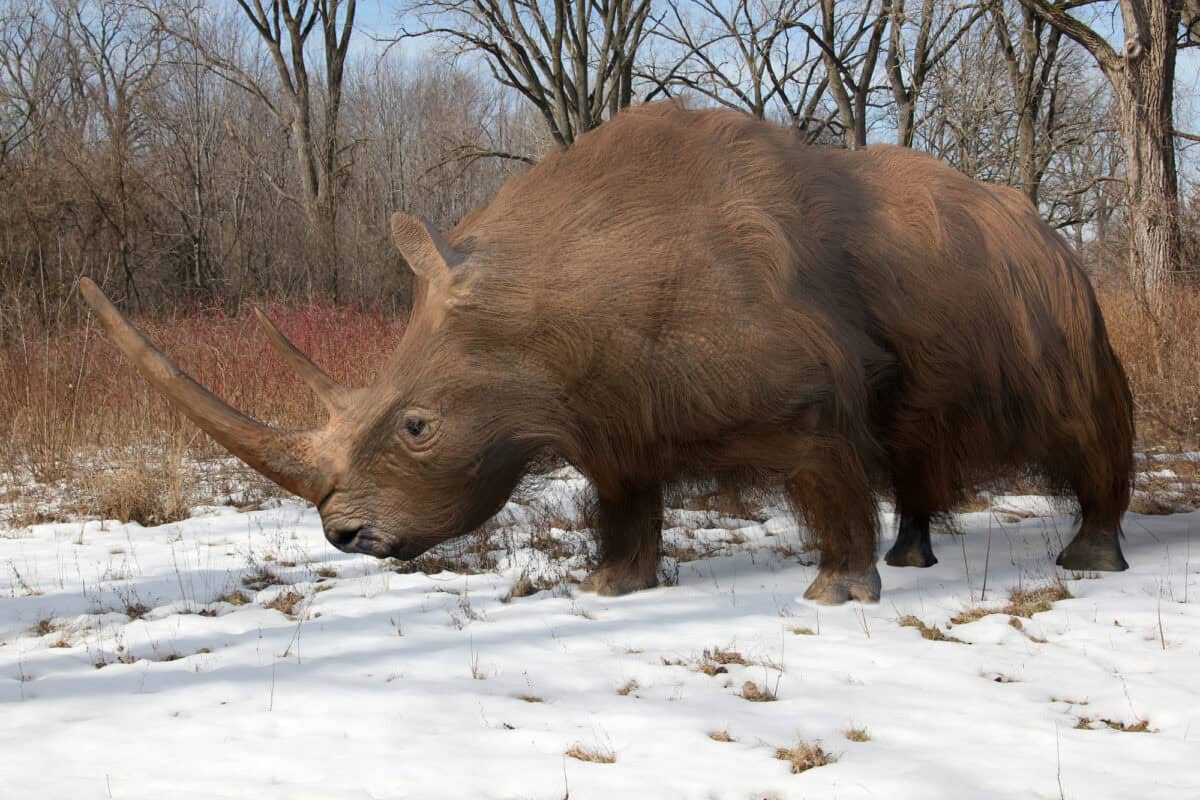
Beyond the main characters, the “Ice Age” films feature a variety of other prehistoric creatures with varying degrees of accuracy. The Pleistocene megafauna represented includes giant ground sloths, woolly rhinoceroses, giant deer, and various prehistoric birds. While many of these background characters are recognizable as Ice Age animals, they frequently display anachronistic behaviors and appearances altered for visual appeal or comic effect. For instance, the glyptodonts (prehistoric relatives of armadillos) are shown as capable of retracting completely into their shells like modern turtles, which is anatomically incorrect.
Later films in the franchise introduce even more creatures, including dinosaurs and marine reptiles that lived millions of years before the Ice Age. “Ice Age: Dawn of the Dinosaurs” features a hidden world where dinosaurs survived into the Pleistocene, a concept with no scientific support but created to expand the universe of the films. While entertaining, these additions further separate the franchise from paleontological reality, prioritizing adventure and visual spectacle over educational content about actual Ice Age fauna.
Social Behaviors and Communication

Perhaps the most obvious deviation from reality in the “Ice Age” films is the anthropomorphic behavior of the animals. All the characters speak, reason, and emote like humans. They form friendships across species, engage in complex problem-solving, and communicate with sophisticated language. While many of the featured animals were likely intelligent for their time (particularly mammoths and other mammals with large brain-to-body ratios), none would have possessed human-like consciousness or language abilities.
Real prehistoric animals would have communicated through vocalizations, body language, and scent markers specific to their species. Interspecies interactions would have been limited primarily to predator-prey relationships or occasional competition for resources. The rich emotional lives and cross-species friendships portrayed in the films are charming anthropomorphizations that serve the narrative but don’t reflect the biological realities of Ice Age fauna. That said, some modern research into animal cognition suggests that certain mammals and birds are capable of more complex social bonds and problem-solving than previously thought, though still not approaching the human-like behaviors shown in the films.
Human Interactions in the Ice Age Films

The original “Ice Age” film features a human baby as a central plot element, while later films incorporate more human characters. The portrayal of humans in these films is highly simplified compared to what we know about Ice Age peoples. During the late Pleistocene, anatomically modern humans had already developed sophisticated cultures with complex tools, art, religious practices, and social structures. The films generally depict humans as primitive cave dwellers with minimal technology, failing to capture the richness of early human societies.
Interactions between humans and megafauna during the actual Ice Age were primarily characterized by hunting relationships. There is substantial evidence that human hunting contributed to the extinction of many Ice Age mammals, particularly in North America. This more complex and potentially darker aspect of human-animal relationships during the Pleistocene is largely absent from the films, which instead portray a more harmonious (if somewhat fearful) coexistence. This represents another case where scientific nuance was sacrificed for the sake of creating a family-friendly narrative suitable for the films’ target audience.
Conclusion: Entertainment Versus Scientific Accuracy
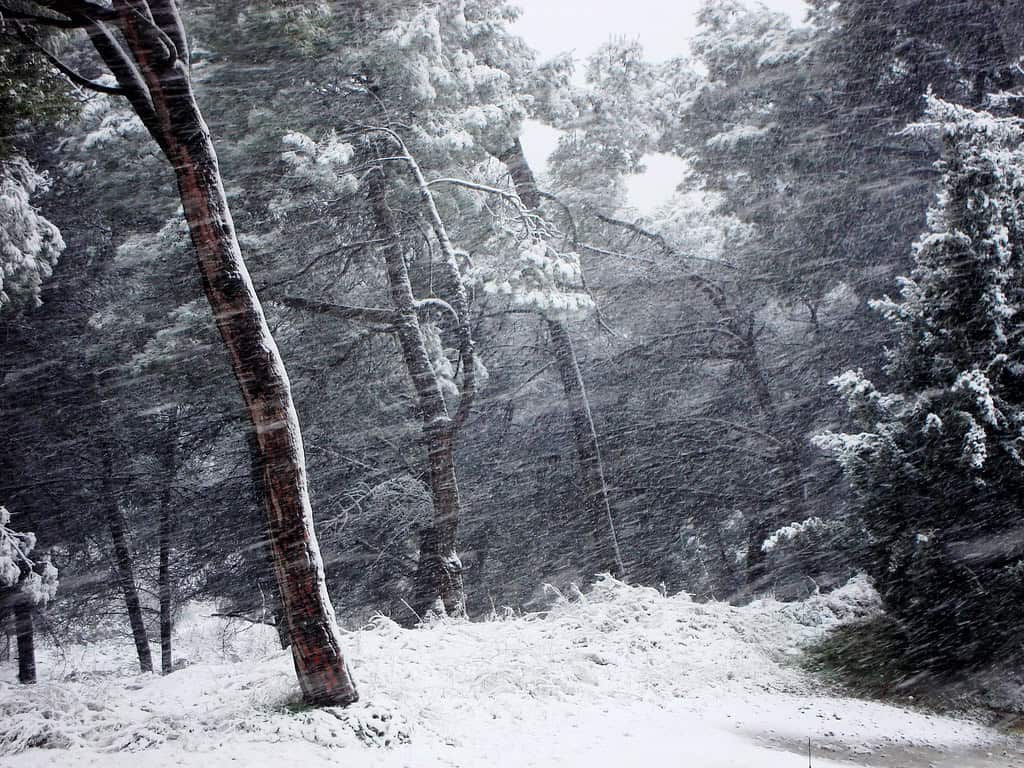
When evaluating the “Ice Age” franchise from a scientific perspective, it’s clear that entertainment value was prioritized over paleontological accuracy. The films take considerable creative liberties with the appearance, behavior, and timing of prehistoric animals to create compelling characters and narratives. From the impossible coexistence of species separated by millions of years to the anthropomorphized personalities and behaviors, the “Ice Age” movies are more fable than documentary. Yet this approach isn’t necessarily a failing of the franchise, as its primary goal was always to entertain rather than educate.
Despite these inaccuracies, the films have had a positive impact by generating public interest in prehistoric life and the Ice Age period. Many young viewers have been inspired to learn more about paleontology and extinct species after being introduced to these concepts through the lovable characters of Manny, Sid, Diego, and the others. The films serve as a starting point for curiosity rather than an endpoint for knowledge. In this sense, the scientific liberties taken by the filmmakers can be seen as a trade-off that ultimately benefits public engagement with paleontology.
The enduring popularity of the “Ice Age” franchise demonstrates how fictional portrayals of prehistoric life can capture the imagination in ways that strictly accurate representations might not. By balancing entertainment with loosely educational content, the films have created a cultural touchstone that has introduced millions of viewers to the concept of extinct megafauna and the dramatic environmental changes of our planet’s past. While paleontologists might wince at some of the more creative interpretations, the overall impact of bringing the Ice Age to life—however inaccurately—has been to inspire wonder about our planet’s fascinating prehistoric past.
As with many works that blend science with fiction, the “Ice Age” films are best appreciated on their own terms—as creative interpretations rather than scientific documents. They offer a whimsical window into a world long gone, populated by characters who may bear only passing resemblance to their real counterparts but who have nonetheless helped to keep the memory and wonder of these extinct creatures alive in popular culture.
- How Baby Giraffes Learn to Walk Within Hours - August 16, 2025
- Why We Need to Save The Cross Gorilla, The Most Endangered Primate in The World - August 16, 2025
- This Snake Can Climb Glass Walls - August 16, 2025

